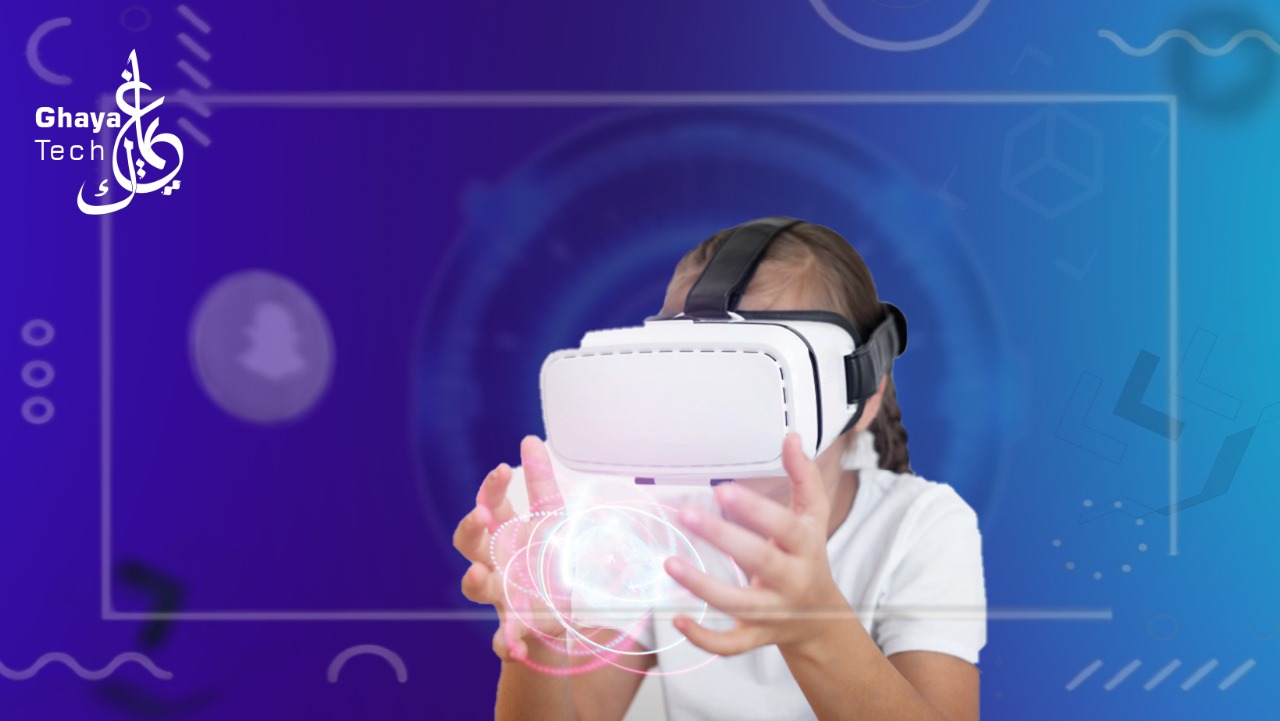Physical Address
304 North Cardinal St.
Dorchester Center, MA 02124
Physical Address
304 North Cardinal St.
Dorchester Center, MA 02124

Amidst rapid technological advancements, augmented reality (AR) has emerged as a prominent technological innovation that significantly enhances user experience across various fields.
One of the key beneficiaries of this technology is digital marketing, where companies can leverage AR to increase customer engagement and strengthen brand loyalty.
Augmented Reality (AR) is a technology that integrates digital elements into the real-world environment in real-time, allowing users to view virtual information over the physical world through devices such as smartphones or smart glasses. Unlike Virtual Reality (VR), which fully immerses the user in a completely virtual world, AR overlays digital layers onto the real-world environment.
A simple example of this is Snapchat filters, which have become an almost indispensable part of our photo-taking experience.



Through AR, businesses can increase customer engagement by offering innovative experiences that capture attention and drive interest.
This naturally leads to improved user experiences, a clearer understanding of the product, and a direct impact on sales, reducing customer hesitation.
As with any emerging technology, budget constraints can hinder the adoption of AR, especially for small businesses unable to afford high development costs.
Moreover, compatibility and usability must be considered for the target audience; if customers have older devices that do not support this technology or struggle to adapt to it, this may lead to negative perceptions and reduced effectiveness.
augmented reality has become a powerful marketing tool capable of enhancing customer experiences and boosting company sales through flexible, interactive experiences.
As technology continues to evolve, AR is expected to play an even larger role in the future of digital marketing, offering brands creative opportunities to present their products in unconventional and captivating ways.